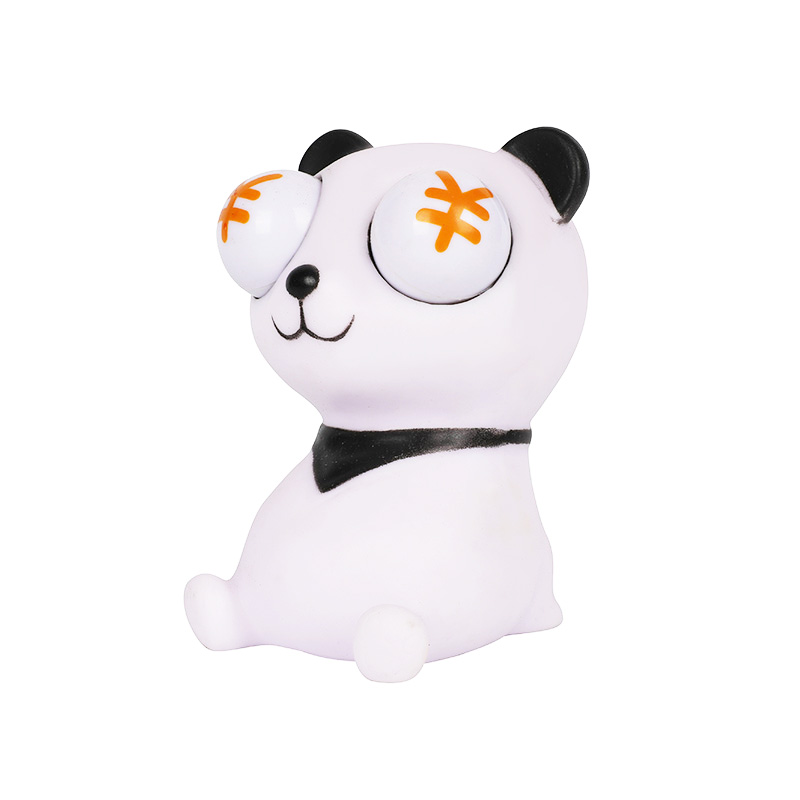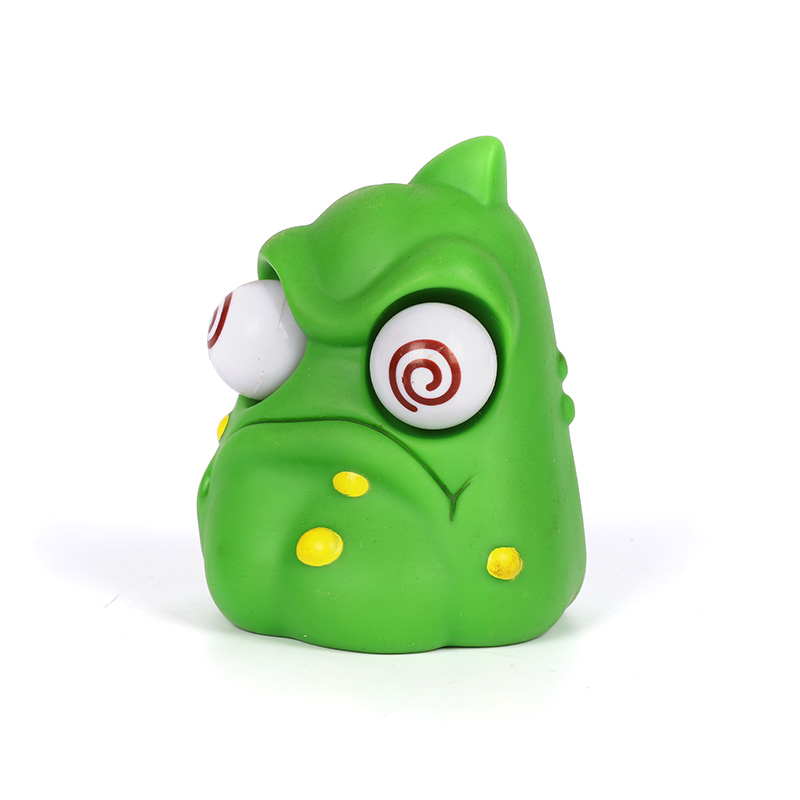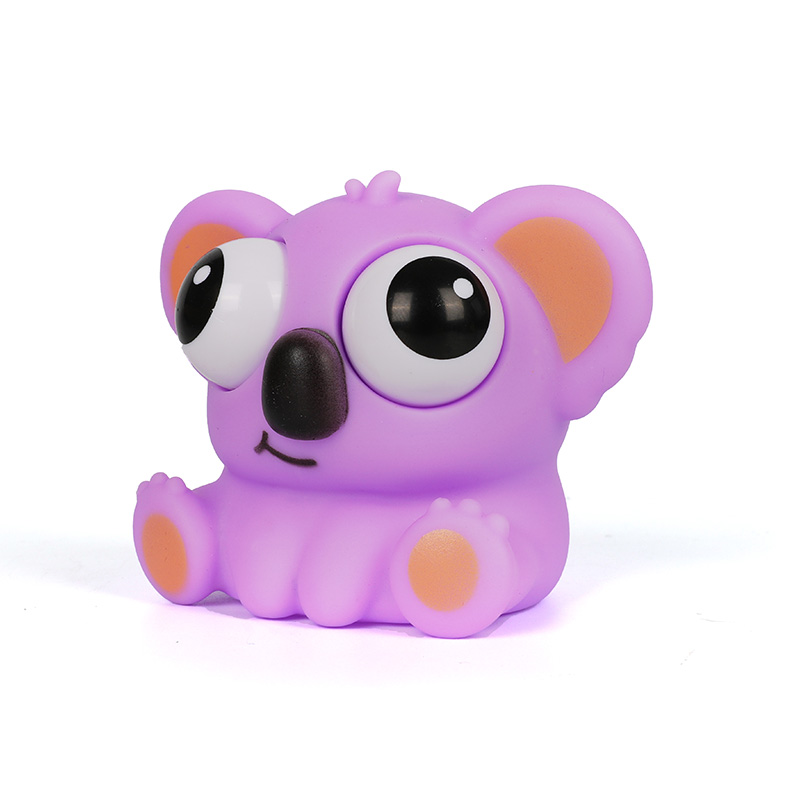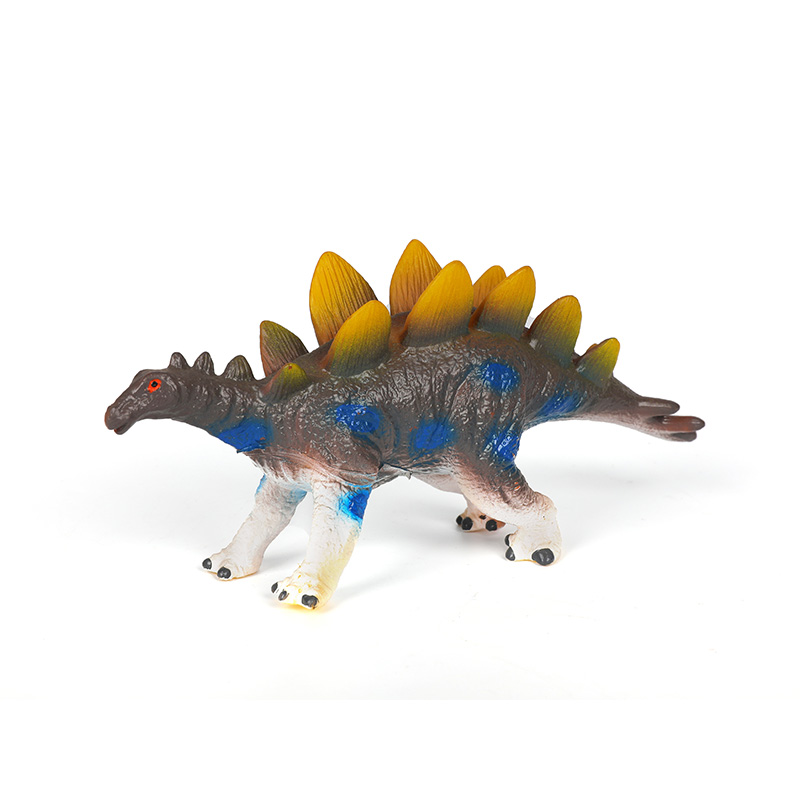- Type:
- Industry News
- Date
- 2024-Aug-16
Crafting Excellence: The Manufacturing Process Of Injection Molded Plastic Tiny Toy Ducks
Injection molding is a cornerstone of modern plastic manufacturing, offering precision and efficiency in creating intricate designs and robust products. This process is particularly vital in the production of tiny toy ducks, where both aesthetic appeal and durability are paramount. This article delves into the detailed manufacturing process of injection molded plastic toys, highlighting each stage of production to understand how these charming toys come to life.
Design and Prototyping
The journey of creating tiny toy ducks begins with meticulous design and prototyping. Designers use Computer-Aided Design (CAD) software to create detailed models of the toy duck, focusing on every aspect of its appearance, from the beak shape to the feather details. These digital models are crucial as they guide the subsequent stages of production.
Once the design is finalized, a prototype is created. This prototype is usually made using a different method, such as 3D printing or a smaller-scale injection mold. The prototype allows designers and manufacturers to evaluate the toy duck's appearance and functionality before committing to large-scale production.
Tooling and Mold Creation
The next step involves creating the mold that will be used for mass production. Tooling is a complex process requiring high precision. The mold is typically made from steel or aluminum and crafted using CNC (Computer Numerical Control) machines. The mold must accurately reflect the CAD design to ensure that each tiny toy duck produced will meet the design specifications.
The mold is composed of two main parts: the cavity and the core. The cavity forms the outer shape of the toy duck, while the core creates the internal features. The two parts fit together to form a complete mold, which is then tested to ensure it produces the desired results.
Injection Molding Process
With the mold ready, the injection molding process begins. Plastic pellets, often made from materials like polypropylene or polyethylene, are fed into an injection molding machine. The machine heats the plastic until it becomes molten and then injects it into the mold under high pressure. This pressure ensures that the plastic fills every detail of the mold, including the tiny features of the toy duck.
Once the plastic has cooled and solidified, the mold is opened, and the tiny toy duck is ejected. This process is highly efficient, allowing for the rapid production of numerous toy ducks with consistent quality.
Post-Processing and Quality Control
After the toy ducks are molded, they undergo a series of post-processing steps. This may include trimming excess plastic, removing any imitations, and adding details such as paint or decals. For tiny toy ducks, painting is an essential step to achieve the vibrant colors and charming details that make them appealing to children.
Quality control is a critical part of the manufacturing process. Each toy duck is inspected for defects, such as uneven surfaces, color inconsistencies, or structural issues. Automated systems, as well as manual inspection, are employed to ensure that only toys meeting high standards of quality are packaged and shipped.
Packaging and Distribution
Once the tiny toy ducks pass quality control, they are packaged for distribution. Packaging is designed to protect the toys during transportation and attract customers with appealing graphics. The toys are often placed in blister packs or boxes that highlight their features and make them easy to display in stores.
Distribution involves transporting the packaged toys to retailers or directly to consumers. Efficient logistics are crucial to ensure that the toys reach their destinations on time and in good condition.
Environmental Considerations
In recent years, there has been a growing focus on environmental sustainability in the manufacturing process. Efforts are being made to reduce waste, recycle materials, and lessen the environmental impact of plastic production. Manufacturers are exploring alternative materials and processes that are less harmful to the environment, reflecting a broader industry trend towards greener practices.
The production of tiny toy ducks through injection molding is a sophisticated process involving several key stages, from design and prototyping to molding, post-processing, and distribution. Each step is carefully managed to ensure that the final product is both visually appealing and durable. As the industry evolves, continued innovations and improvements in manufacturing practices promise to enhance the quality and sustainability of these beloved toys.


 English
English
 English
English русский
русский Español
Español











